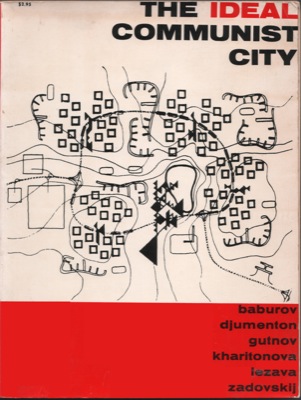I once wrote an article about Halle Neustadt a high-density, soviet-built city in East Germany that some urban planners once rated “the most sustainable city in the world.” As the article pointed out, it was only “sustainable” (that is, people didn’t drive much) before German reunification. Soon after the Berlin Wall fell and the country reunified, Halle Neustadt residents went out and bought cars, and soon after that about a third of them moved out to low-density suburbs. Today, many of Halle Neustadt’s high rises have been demolished.

My article pointed out that Halle Neustadt was based on urban planning ideals of the era as described in a book titled The Ideal Communist City. Much of the rhetoric in this book sounded very familiar: suburbs were evil, driving was evil, and government-imposed density was the solution. In a conclusion that drives smart-growth advocates nuts, I showed that the only significant differences between smart growth and the ideal communist city were that the former emphasizes mid-rise apartments of varying sizes while the latter emphasizes high-rise apartments that would be considered tiny by American standards.







